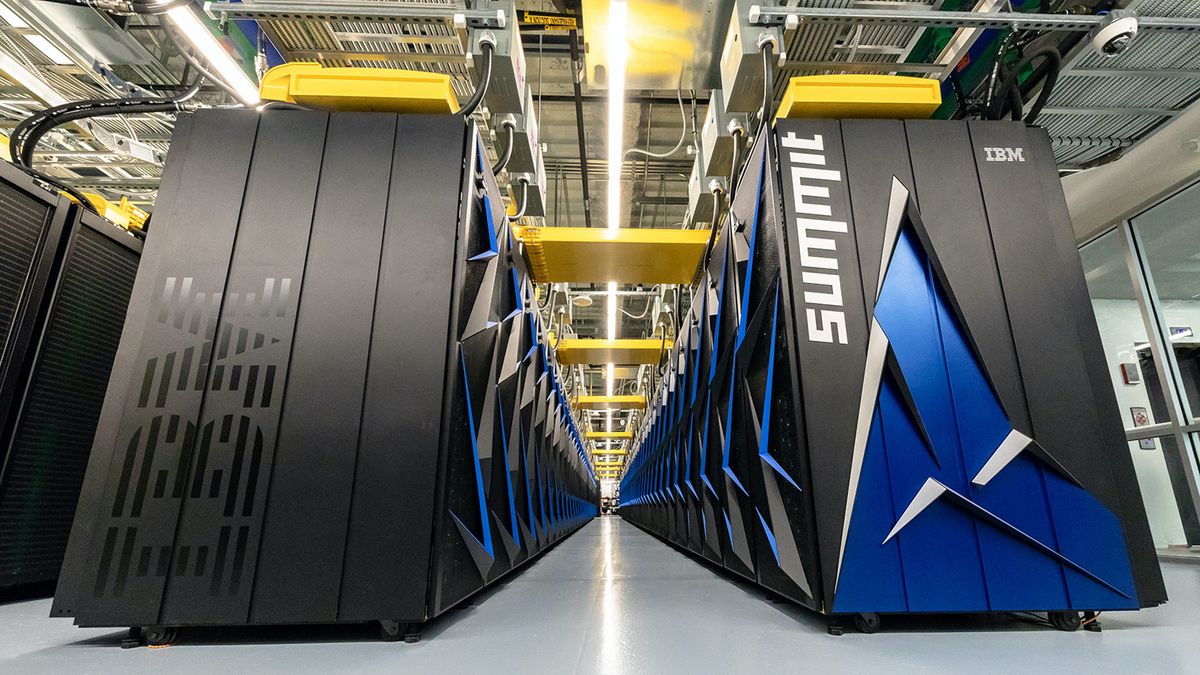Why RISC-V doesn't (yet) support KVM
Welcome to LWN.net The following subscription-only content has been made available to you by an LWN subscriber. Thousands of subscribers depend on LWN for the best news from the Linux and free software communities. If you enjoy this article, please consider subscribing to LWN. Thank you for visiting LWN.net!
The following subscription-only content has been made available to you by an LWN subscriber. Thousands of subscribers depend on LWN for the best news from the Linux and free software communities. If you enjoy this article, please consider subscribing to LWN. Thank you for visiting LWN.net!
By Jonathan Corbet May 20, 2021 The RISC-V CPU architecture has been gaining prominence for some years; its relatively open nature makes it an attractive platform on which a number of companies have built products. Linux supports RISC-V well, but there is one gaping hole: there is no support for virtualization with KVM, despite the fact that a high-quality implementation exists. A recent attempt to add that support is shining some light on a part of the ecosystem that, it seems, does not work quite as well as one would like.
Linux supports a number of virtualization mechanisms, but KVM is generally seen as the native solution. It provides a standard interface across systems, but much of KVM is necessarily architecture-specific, since the mechanisms for supporting virtualization vary from one processor to the next. Thus, architectures that support KVM generally have a kvm directory nestled in with the rest of the architecture-specific code.


















/cdn.vox-cdn.com/uploads/chorus_asset/file/19715597/acastro_200212_1777_Lambda_0001.jpg)
